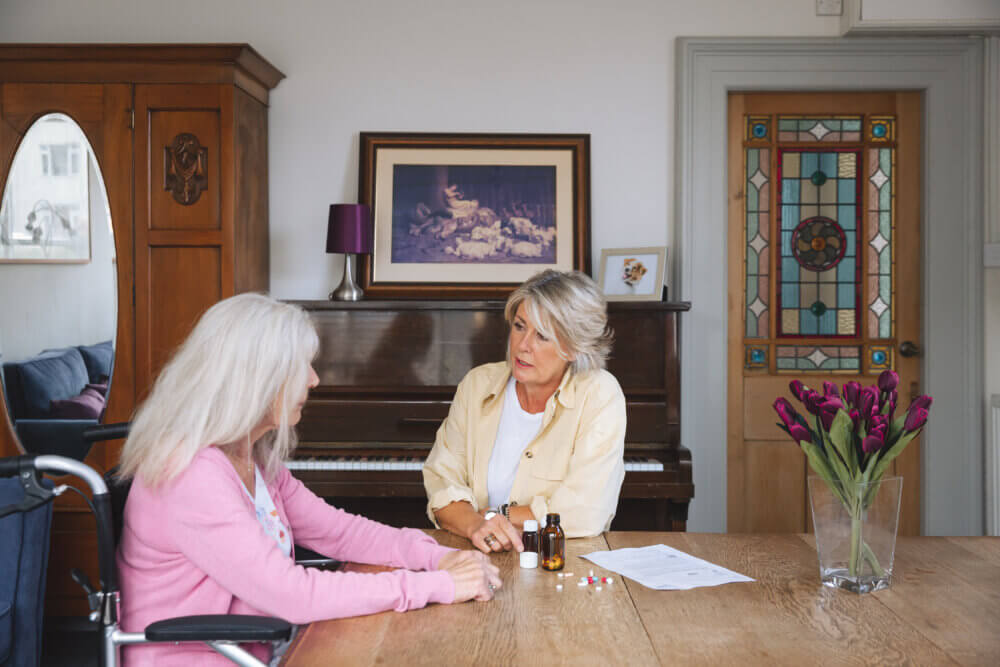Health & complex care at home
Our Care Professionals are here for you and your family with practical help and complex care support that is tailored to you so you can live your best life at home.

Are you living with a condition that requires complex care support?
At Home Instead we understand that your care needs can vary. Living with an existing health condition or a new condition that involves additional complex care can be stressful, daunting and distressing. Home Instead provide highly trained Care Professionals, experienced in various common clinical skills, such as catheter care, enteral feeding care, stoma care and basic wound care. Requiring complex care does not mean having to compromise your living arrangements. Our Care Professionals are trained extensively to support clients living with conditions such as epilepsy, insulin-dependent diabetes, spinal cord injury, acquired brain injury and motor neurone disease. They can offer assistance with specialist complex care such as non-invasive and invasive ventilation, tracheostomy care, bowel care and much more.

How we can help with complex care at home
Available in select locations
Diabetes Monitoring
Available in select locations
Simple Wound Care
Available in select locations
Gastrostomy Care
Available in select locations
Stoma
Available in select locations
Catheter
Available in select locations
Ventilator Care
Available in select locations
Vital Signs Monitoring
Available in select locations
Nail Care
Get in touch today to
see how we can help
Discover more
How it works
We can work quickly to find a solution that helps you get started on your care journey without delay, but don’t worry, the decisions you make now can be adapted as your loved one’s needs change. Reach out to learn how our flexible care could help make things easier straight away.Discover more
Why us?
Our award-winning, personalised services are transforming the care industry. As part of a global organisation, we have access to the latest insights and innovations from around the world, and our experience spans decades. With Home Instead, you can feel confident that your loved one is in safe hands.Discover more
Guides

Meet the MAR chart: how carers record medication

What is a continuing healthcare checklist?

What is complex care?

The benefits of complex care at home

Complex care management and care planning

Health Care at home

Monitoring and vital sign ranges for older adults

Hand, foot & nail care for older adults

Complex care needs suitable for Home Care

Maintaining quality of life with a feeding tube

Wound care management in older adults at home

Diabetes in older adults

Living with a stoma for older adults

Breathing exercises to improve lung function in older people

Living with a long term catheter for older adults

An introduction to complex care

Health & complex care at home

Common healthcare needs in older adults

Health & complex care for older adults

Elderly critical care at home

What is nursing care?

Medical assistance care at home

Elderly lupus Care at home